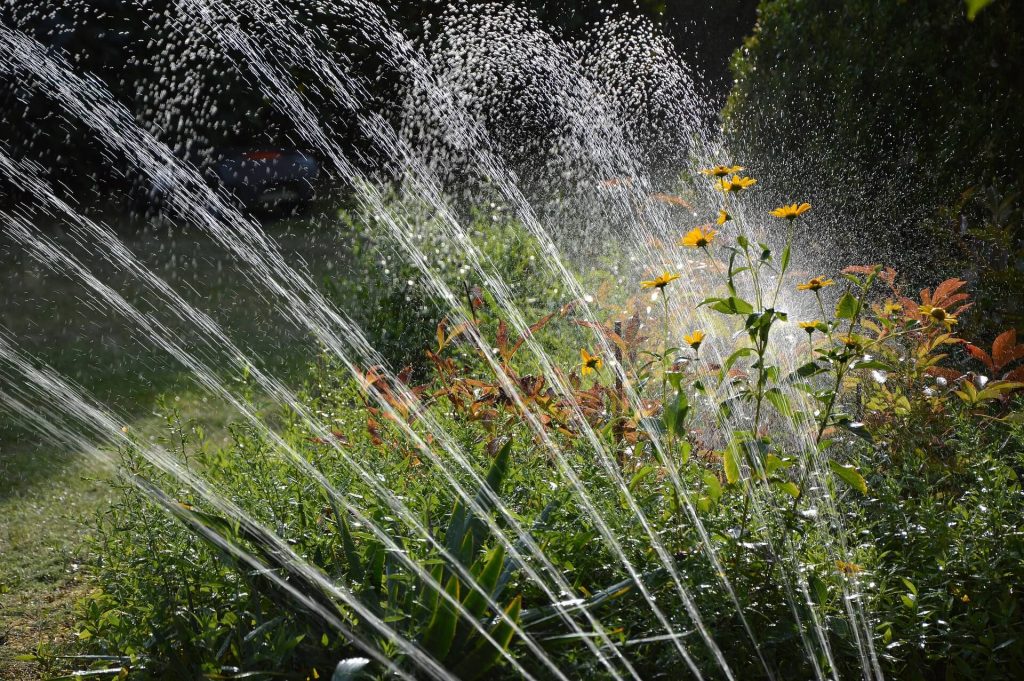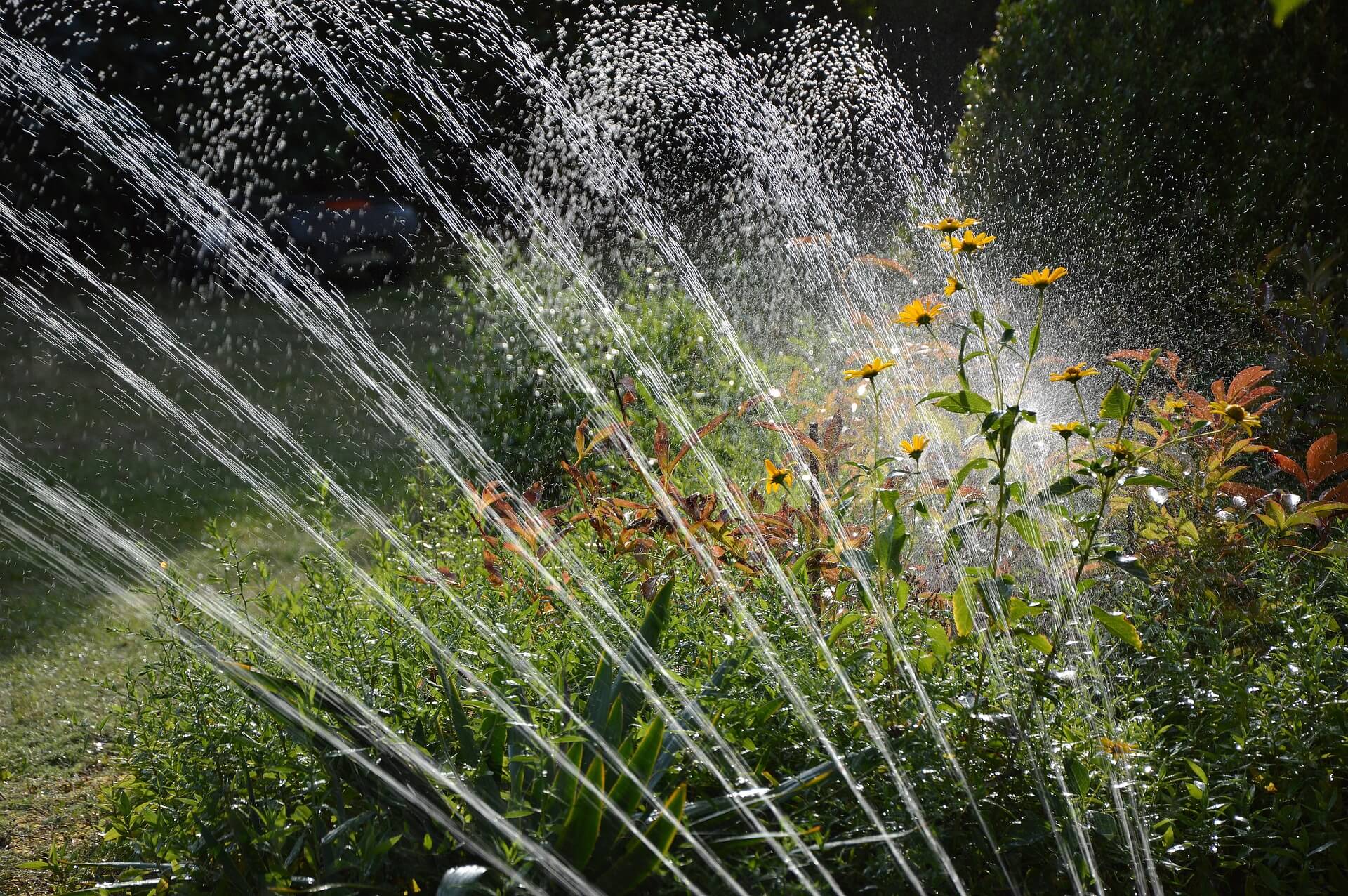7 Smart Irrigation and Water Conservation Tips
June 15, 2018

If you want to conserve water for Smart Irrigation Month (July) and beyond, follow these expert tips.
7 Water Conservation Tips
1. Fix Your Plumbing Leaks
Did you know that around 10% of U.S. homes have leaks that waste 90 or more gallons of water every day? Fixing these household leaks can save you around 10% on your water bill (EPA).
The most common water leaks are found around toilet flappers, showerheads, faucets, and irrigation systems.
You can tell if you have a water leak by locating your main water shut-off valve—normally in an underground box near the front curb—and looking at the leak detection dial. Make sure all of the water is turned off in your home and none of you water-using appliances are running. If you’ve made sure no water is running in the home and the leak detection dial is spinning, you have a water leak somewhere.
If you cannot locate and fix your water leak, contact a professional plumber as soon as you can. Water leaks can cause property damage, foster mold growth, and encourage pest infestations—not to mention all that wasted water and savings. Don’t wait until it’s too late to remedy the situation.
2. Outdoor Plumbing Leaks
Even a small leak (1/32 of an inch) in your irrigation system can waste over 6,300 gallons of water per month (EPA)!
- Inspect your irrigation system and garden hose for leaks at its connection and opening.
- You can fix garden hose spigot connections by replacing the nylon or rubber hose washer with a wrench and some pipe tape.
- When using your garden hose, use a trigger nozzle to adjust the pressure and spray area. Target water only where it’s needed and don’t leave it running when not in use.
Have your plumbing and irrigation system installed and regularly inspected by a licensed professional to improve your water conservation.
3. Stay Sharp
Keep the blades on your mower sharp. Dull blades don’t work as well, ripping and tearing at the blade instead of cutting them. This not only makes the lawn look worse and causes more work for you, but the damaged grasses also require more water.
4. Let Grass Grow
Adjust the lawn mower height to about 1.5-2 inches. Taller grasses have stronger roots and provide more shade, thus reducing evaporation and the need for watering.
5. Hardy Landscaping
One of the most important things you can do for water conservation is to choose a landscaping design that needs less watering and is adapted to the local environment.
- Know your soil and climate.
- Choose hardy and disease-resistant varieties of grass, such as ryegrass, bluegrass, zoysia, or bermudagrass.
Learn about xeriscaping, also known as “dry-scaping.” Most people think of cacti and rocks, but there’s more to it than that. You can still have greens and grasses. Xeriscaping is basically a collection of techniques to create a beautiful, yet hardy and low-maintenance landscape.
6. Sprinkler Output
Make sure you’re not overwatering your lawn by measuring sprinkler output with an empty tuna (or similarly sized) can. The water shouldn’t rise above 1 inch. Try to keep the water line to about ¾ inch.
7. Gray Water Irrigation
Consider speaking with a plumber about diverting gray water from your home to your garden and landscaping. Instead of wasting bath water, you can set up a bath water diverter system. Feel a little less guilty and save money by letting your plants enjoy a free bath.
If you have any questions or doubt, don’t hesitate to contact your local plumber about water conservation.
Schedule your plumbing maintenance service in Denver today, or sign up for our home maintenance plan, the Fix-It Green Club.
When Your House Is in Trouble, Call the Green Bubble.
(303) 214-0277
Service You Can Count On







